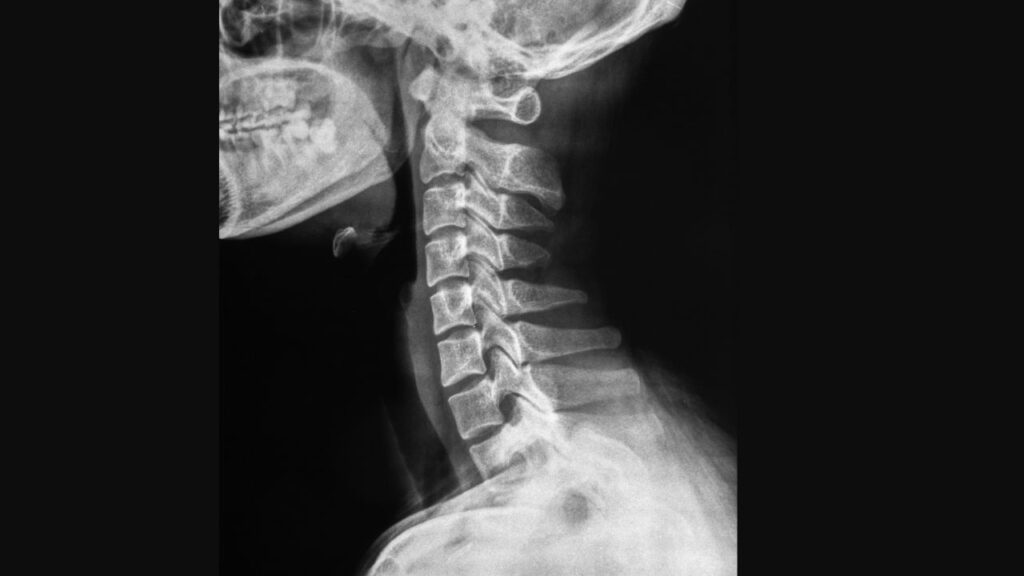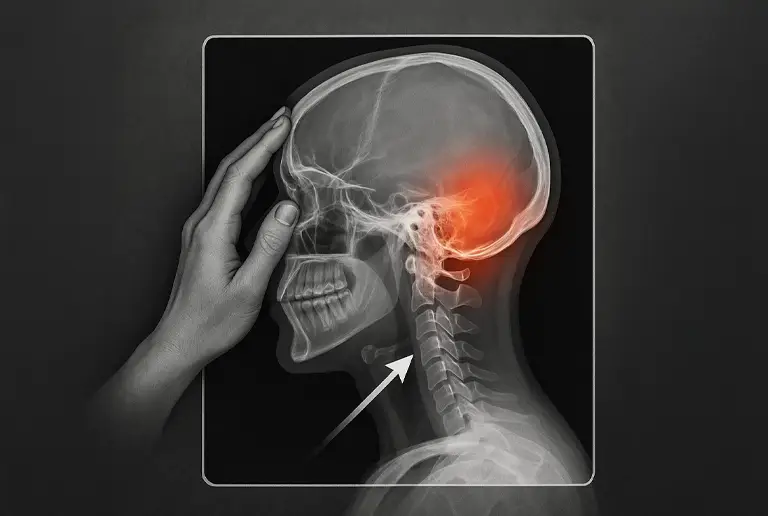For many people living with chronic headaches, the search for answers becomes a revolving door of normal MRIs, inconclusive neurological exams, and medications that take the edge off but never resolve the problem. If that’s been your experience, there’s a crucial possibility that often goes overlooked: upper cervical ligament instability. Because most conventional imaging is done with the neck perfectly still, it can miss a motion-dependent problem that only reveals itself when your head actually moves. That’s exactly where Digital Motion X-Ray (DMX) can change the story by capturing your cervical spine in real time as it bends, turns, and loads.
Why standard imaging falls short for headache patients
MRI and CT are fantastic at finding fractures, tumors, or major disc herniations. Static X-rays are helpful for a quick snapshot of alignment. But headaches linked to the upper neck especially at C0–C1 (atlanto-occipital) and C1–C2 (atlantoaxial) joints—are often driven by positional micro-instability that only appears during motion. When you’re upright, rotating, side-bending, or extending, the joints may gap, slide, or couple abnormally. That can irritate the greater occipital nerve, overwork the suboccipital muscles, influence vertebral artery dynamics, and trigger the characteristic head and face pain patterns many patients know too well. Without viewing the neck in motion, the structural generator of the headache can remain hidden.
How DMX works (and why it’s different)
DMX is a specialized form of fluoroscopy that records continuous X-ray video about 30 frames per second while a trained clinician guides you through controlled, gentle movements. Instead of a single still image, you get a frame-by-frame movie of the cervical spine performing real-life tasks. We evaluate for:
- Ligament laxity allowing abnormal gapping or translation between vertebrae.
- Abnormal coupling patterns (for example, rotation that drags into side-bending).
- Over-motion at one level compensating for stiffness at another.
- Level-specific triggers that reproduce your symptoms (e.g., extension-provoked headache).
By mapping these findings to your history and symptoms, DMX helps isolate the true structural drivers not just where you hurt.
Headache patterns commonly linked to upper cervical instability
When the alar, transverse, or capsular ligaments are overstretched (after a whiplash, fall, concussion, or years of poor posture), the upper neck can move too freely. That excess motion can contribute to:
- Tension-type headaches that begin at the skull base and climb upward.
- Migraines triggered by certain neck positions or prolonged screen time.
- Eye strain, retro-orbital pain, or facial pain via trigeminal referral.
- Ear fullness, ringing (tinnitus), or dizziness from disturbed proprioception.
- Neck tightness that never quite releases, even after massage.
These patterns often flare after reading, driving, long Zoom sessions, or sleeping in awkward positions.
Real-world case snapshot
“Andrea,” from South Florida, had a decade of “migraines” with normal MRIs and multiple medications. DMX revealed C1–C2 instability visible only during right rotation that perfectly matched her worst headache trigger. With a plan that included targeted upper-cervical chiropractic procedures, postural and stabilization rehab, workstation changes, and a referral for regenerative ligament care (PRP), her headaches dropped from five days a week to fewer than one per week in three months.
Who should consider DMX for headaches
- Long-standing headaches with normal MRI/CT results.
- Headaches provoked by certain neck movements or desk work.
- History of whiplash, sports concussions, or falls.
- Headaches accompanied by jaw pain, dizziness, or visual disturbances.
What happens after a DMX diagnosis

Clear imaging leads to a clear plan. Depending on findings, care may include:
- Regenerative injections (PRP/cellular) to tighten overstretched ligaments.
- Specific chiropractic procedures to restore joint mechanics without over-mobilizing lax segments.
- Postural/stabilization rehab to support the upper cervical spine and reduce relapse.
- Lifestyle upgrades ergonomics, sleep positions, movement breaks to reduce daily strain.
Why Miami and why bilingual matters
Miami is a gateway for patients from Central and South America, the Caribbean, and Europe seeking advanced diagnostics. Our bilingual team (English/Español) ensures your evaluation, report review, and home plan are fully understood by you and your family. That clarity builds confidence and better outcomes.
📌 Learn more about Digital Motion X-Ray for chronic headaches: DMX Treatment Page
📅 Schedule your bilingual consultation today: Appointment Page
